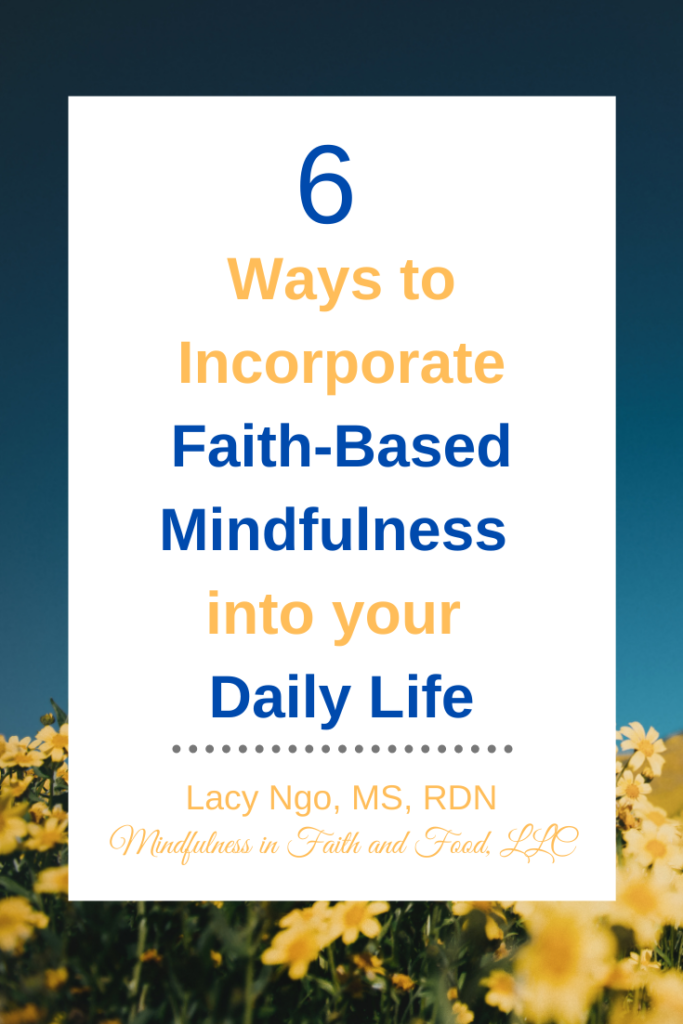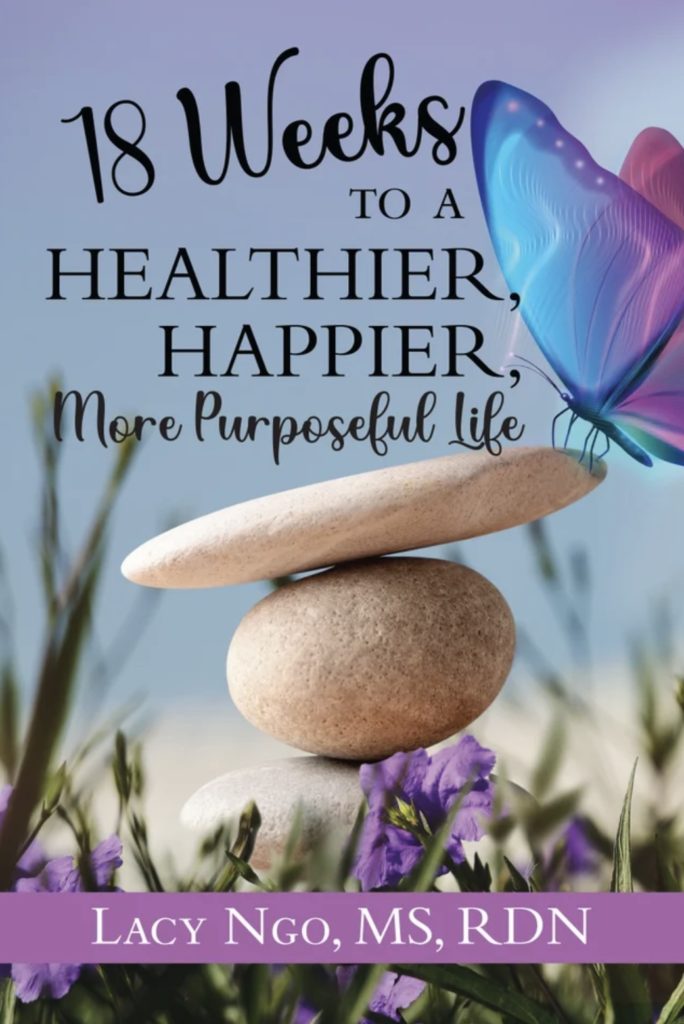What are the Benefits of Faith-Based Mindfulness?
Mindfulness, and for me, especially faith-based mindfulness, can help with our moods, behaviors, and even our health! The benefits of mindfulness can not be overstated. (You can read more about the benefits of faith-based mindfulness here.)
In fact, mindfulness techniques are so beneficial that schools have even started implementing mindfulness programs. Although more research is needed, current research indicates that implementing Mindfulness programs in schools may improve social behaviors, mood, stress levels, and even academic performance and test scores. Schools are even reporting less suspensions, detentions, violent incidences, principal visits, bullying, and classroom disruptions since incorporating mindfulness programs!

This site contains affiliate links (See full disclosure here.)
Practicing mindfulness techniques can relieve stress and help us have better self-control. When we have less stress and learn to have more self-control, we tend to make better choices. Less ideal choices can sometimes cause even more stress, which brings us full circle. Furthermore, aren’t we better able to focus and learn when our brains are calm verses stressed? Mindfulness can help with stress and promote a more positive outlook on life. Less stress and more positivity promote better health. It’s all beautifully related.
So you can see how mindfulness activities can be so impactful, but for me, the most profound impact happens when I combine faith and mindfulness.
One aspect of mindfulness is about focusing on being present. But with faith-based mindfulness, you are focusing on how God is present with you in that very moment, and while focusing on God’s presence you get to notice all the gifts from God and the beautiful little things in God’s world.
Here is how my life has been transformed through faith-based mindfulness:
- I listen to God more. Listening to God helps me make better choices. I’m not letting negative emotions take control of my actions. (At least not as often, anyway)
- Now I am more at peace and comforted because I am noticing God is with me everywhere.
- I get to have more goose-bump-“I’m awe struck” moments because when I intentionally focus on God in the present moment, I actually see what God is doing in my life and the lives of others around me. By focusing on God in the present moment, I get to experience the feeling of amazement more often, and, again, I WANT TO BE AMAZED!!! (Don’t we all want to be beautifully amazed?)
You can read more about how faith-based mindfulness transformed my life in my book Faith, Mindfulness, & Nutrition

What Does a Faith-Based Mindfulness Day Look Like?
Mindfulness is about being in the present moment. The past is gone and the future has not happened, but the present is HERE and NOW.
Think about it. What do we spend most of our time stressing and worrying about?…The past and the future. Think about how much less stress we would have if we learned to focus on the present moment.
Mindful eating is about focusing on eating and enjoying every bite. Mindful living is about focusing and enjoying whatever you are doing in that moment. Mindfulness is also about having a grateful approach to life. When we are mindfully living, we focus on the positive and what we are thankful for in the present moment. For me, mindfulness is about focusing on God’s presence in our lives at every moment and focusing on the beauty in God’s world. Sounds simple right? Yeah, I know. It is a lot easier said than done. Sometimes we will still worry about the past and future, but fortunately mindfulness techniques can help us live in the present a little more often.
Hopefully we have established the characteristics of mindfulness, but how do we incorporate mindfulness into our daily lives?
A Day of Faith-Based Mindfulness
1. Pause, Pray, and Breath Before Entering a New Place
Pause…take a moment to breath and mindfully pray before entering a new environment and before eating. We will talk more about the prayer before eating later, but for now let’s focus on the pause before entering a new environment.
When I pray, I ask God to help me remember to show love and kindness in this current environment. I then thank God for being with me, and I pray that I hear and mindfully listen for God’s guidance while I am in this place. So pausing and praying before entering a new environment means, I pray on the way to my kids school, before entering the grocery store, or before entering my friend’s house, or going to a park. I pray before a family reunion or a meeting at work.
Another great place to pause and pray is at a red light. Instead of feeling impatient and bored while waiting for the light to change, try taking deep breaths and praying. Use the red light as a time to relax and be present. By doing this, we remember God is with us everywhere. By pausing, breathing, and praying, we can better focus on the moment and on God in every place.
This act helps keep us calm and comforted and helps us react in a more loving way in different situations.
This one pause was not only crucial for my nutritional health, but also in every aspect of my life. Yes, I pause before meals, but I also found that pausing before every new situation was crucial to my behavior, actions, and mood.
1 Thessalonians 5:16-18 talks about praying continuously. In a way, this pause throughout my day and before eating helps me pray more continuously.
But there is more. I also paused when I was feeling a strong emotion, and I began to notice the importance of pausing and praying when I felt angry, or before saying something difficult, or before even talking with my children.
I noticed the importance of not only pausing and praying before meals and snacks, but also before bed and before getting up in the morning. When I forget to do this, I noticed the difference in MY actions and my strength to endure life.
On the days that I do a better job of pausing, I notice God’s presence and God’s guidance more. When I pause more, I feel like I am truly letting God lead me, and I am reminded that no matter what happens, God is right there. I can feel God’s presence in the very room with me, and I feel I have the strength to focus on God’s will instead of my emotions. We don’t have to rush into every situation, and we don’t have to rush to speak. We can and should PAUSE and take our time in life.
2. Use Your Senses to Focus on the Places and the People Around You
Once you have entered each new environment, place, or building, the next step is to focus on the people and the place you are in. In other words, use your senses to be present in the moment instead of thinking about all the things you have to do later. This is particularly important to me when I am with my children. Worrying about all that I have to do, doesn’t help me, and I miss out on beautiful moments with my kids. Why worry about things you can’t do anything about at that moment?
This is a hard one, but one we should continue to strive to achieve. I recently caught myself worrying instead of being present with my child. I was late for a meeting, and I was waiting on my daughter’s teacher to arrive so that I could leave for the meeting. While I was impatiently waiting, my 4-year-old daughter was twirling and giggling. I suddenly realized that I was missing out on what was right in front of me. I couldn’t do anything about being late so why should I worry?
At that moment, I stopped worrying and started twirling and giggling with my daughter. This moment of waiting ended up being a beautiful, special moment, all because I chose to live in the moment.
3. Practice Gratitude
When we approach life with a grateful attitude and look for the good in life, the benefits are endless. According to “Time Special Edition Mindfulness: The New Science of Health and Happiness,” gratitude practices have been associated with improved kidney function, reduction in blood pressure, decreased stress hormones, increased energy levels, and increased reports of happiness. When we focus on the positive aspects of life, we tend to have more compassion and kindness for others; thus, the circle of positivity continues. Now the person you showed kindness to may leave feeling more grateful and positive. Now they will be more likely to pass it on.
Do you know you can do some things that can help you have a more grateful attitude?
Gratitude Techniques:
Keep a gratitude journal is a helpful gratitude technique. Every night, write down what you were thankful for that day. Again, according to “Time Special Edition Mindfulness: The New Science of Health and Happiness,” even this small exercise is also helpful.
Don’t want to even write? Try this… You remember that moment you pause and pray before entering a new place? While you are praying, remember to thank God for something as well.
4. Make Time for Quiet Time
We all need to rest. We need time to clear our thoughts and feel the weight of responsibility lifted for a little while. When I take time to just relax in God’s presence, it feels like a chance to completely be myself with the only One who loves me unconditionally. The problems of the world are gone for a moment. I am safe, free, and at peace. My favorite ways to experience quiet time with God is through prayer, reading (either the Bible or uplifting faith books), and through journaling, which brings me to mindfulness technique number five…
5. Mindful Journaling
You can do three of these five techniques in one with journaling. You can practice gratitude, focus on God’s presence, and have quiet time all through mindful journaling. Keeping a journal has been a part of my life for years, but I truly saw the difference in my outlook on life when I focused on God and gratitude as I wrote.
Things to Include in your Mindful Journal:
- All the positive things about the day (what you are grateful for)
- Written prayers or letters to God
- Any lessons you learned through either your experiences, reading, or Bible studies
- Any questions you have about life
- God moment stories: These are stories about when you notice God working in your life. One cool thing about taking the time to mindfully notice God’s presence every day is that you…well… notice God’s presence regularly.
Since I started mindfully taking the time to notice God in the present moment, I have had so many “goose-bump” God moments. These are those moments that I think, ‘oh I will remember this,’ but as time passes, I find I can’t remember the details. Before including these God moment stories in my journal, I would remember something pretty cool happened, but I couldn’t bring the vague memory to the surface in my mind.
By including these God moment stories in my journal, I solidify these events to my memory, and if I do forget, I can look at my journal and experience the awe and wonder all over again.
(P.S. You can find some of my “God Moment” stories on my “Inspiring Faith Stories” Pinterest Board)
6. Mindful Eating
As mentioned earlier, mindful eating is yet another time to pause from the day and focus on God, feel grateful, and enjoy a peaceful experience. When I mindfully focus on God’s presence while eating, I do much less overeating. In fact, I like to say a little prayer before I eat.
As I pray, I think about 1 Corinthians 10:31 which says, “So whether you eat or drink or whatever you do, do it all for the glory of God.”
My prayer before I eat goes something like this, “God, thank you so much for this food. Thank you for this time that I have to sit and enjoy the food you have given me. I want to eat for the glory of You, God.”
After saying this prayer, I enjoy my food, and I enjoy my time eating in God’s presence.
And there you have it; six mindfulness exercises you can incorporate into your day.
You can find a step-by-step guide to faith-based mindful eating in my faith-based mindfulness books, including 18 Weeks to a Healthier, Happier, More Purposeful Life

Lacy Ngo, MS, RDN, the owner of Mindfulness in Faith, LLC, is one of the top experts in faith-based mindfulness and nutrition. Ngo is the author of several books including 18 Weeks to a Healthier, Happier, More Purposeful Life, The Nourishing Meal Builder, The Nourishing Meal Builder: the Gluten-Free, Dairy-Free Edition, and Mindfulness in Faith and Freezer Meals.
This article has been updated and was adapted from 18 Weeks to a Healthier, Happier, More Purposeful Life. This unique book was written by Lacy Ngo, a dietitian nationally recognized as a top expert in faith-based mindfulness and evidence-based nutrition. She shares the exact steps that, based on science, produce the most dramatic health and weight loss success in her book, 18 Weeks to a Healthier, Happier, More Purposeful Life. This book is like nothing you have ever seen before. It combines faith and science. Both are crucial when it comes to producing real change because real change involves the mind, body, and spirit.
